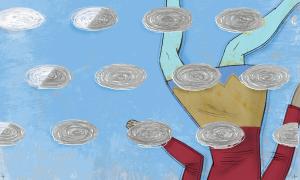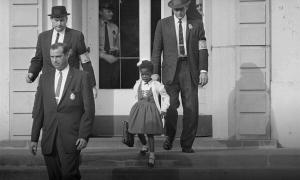lesson
Politics of the New South
In “Politics of the New South,” Maria Hinojosa revisits Clarkston, Georgia, featured in a previous episode and notable for its immigrant population. It’s three days before an election in which three former refugees are running for city office for the very first time.
October 27, 2014





